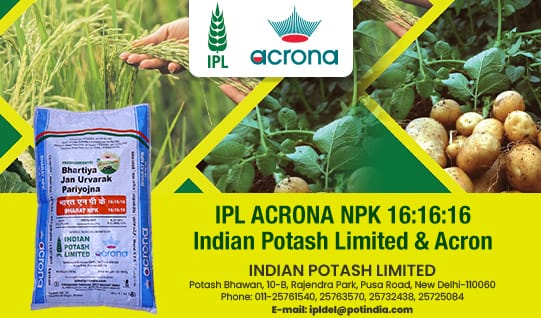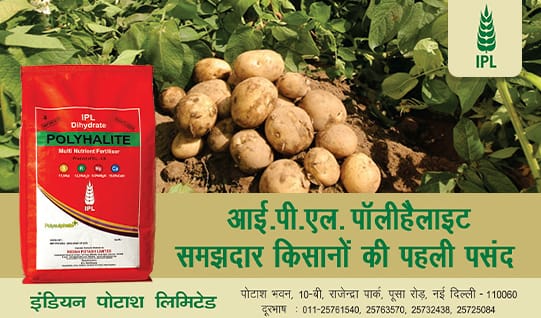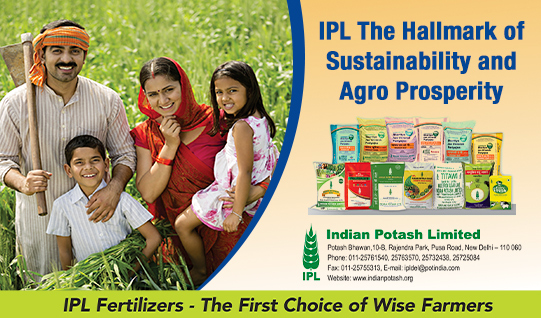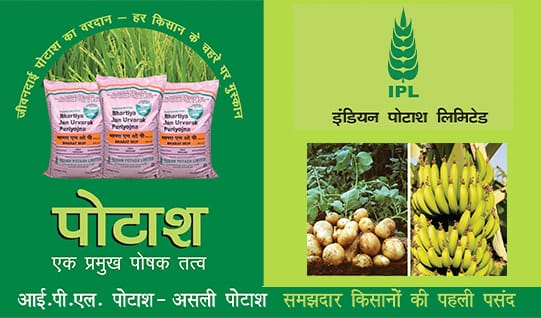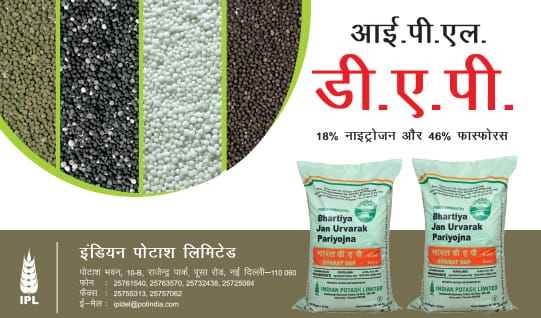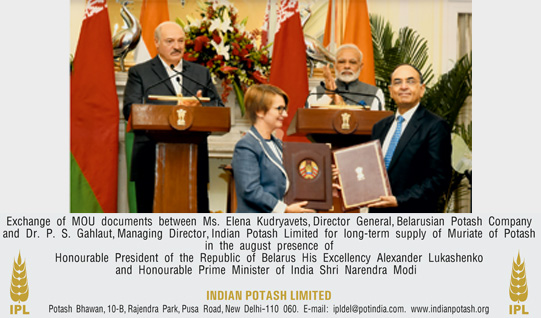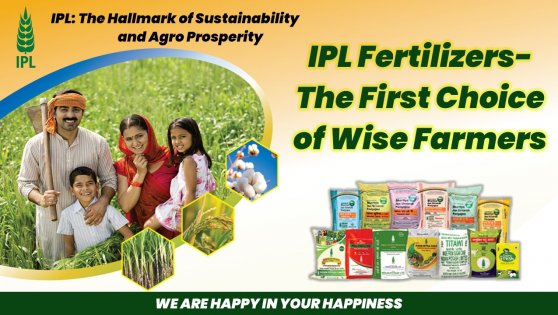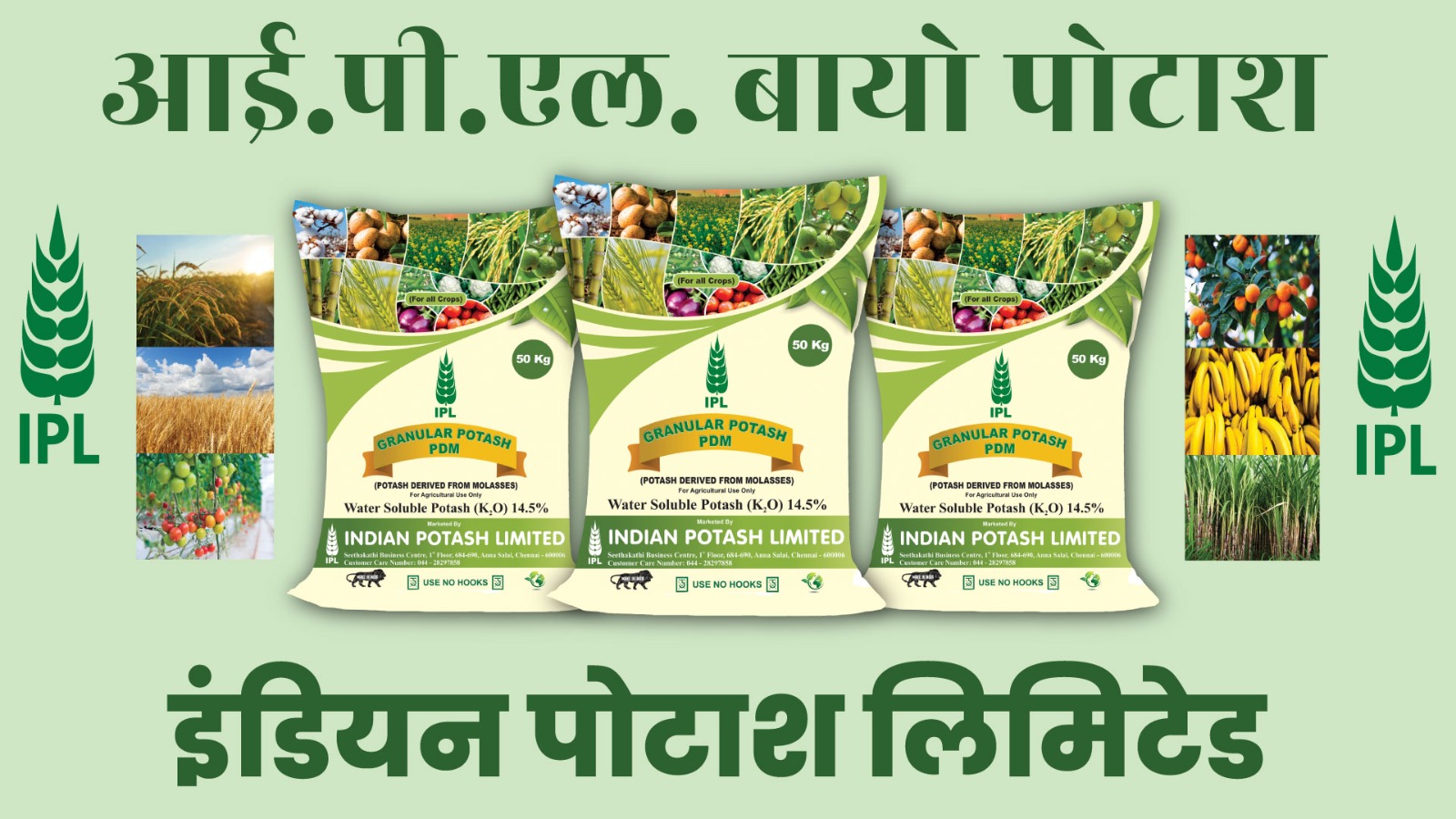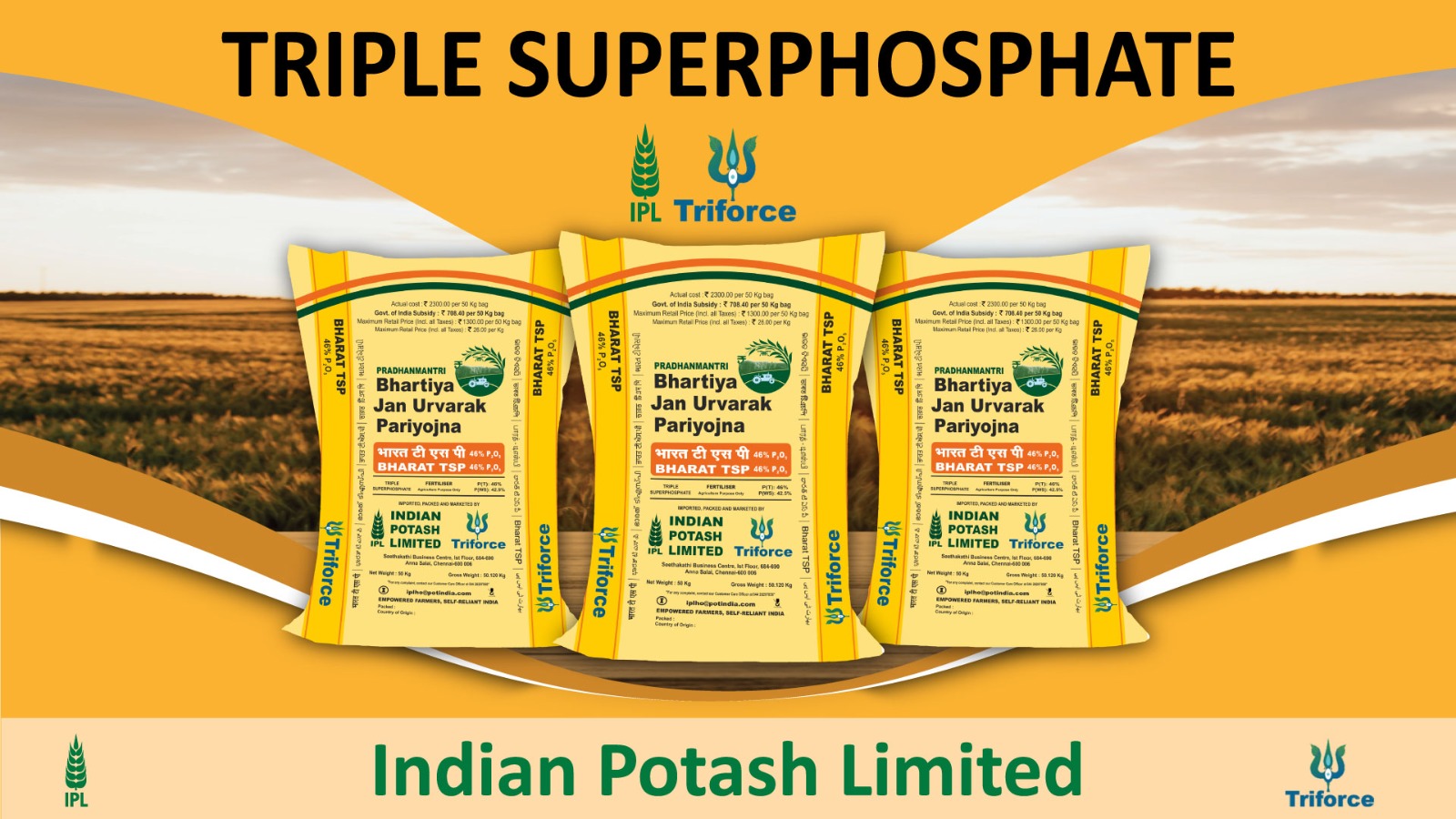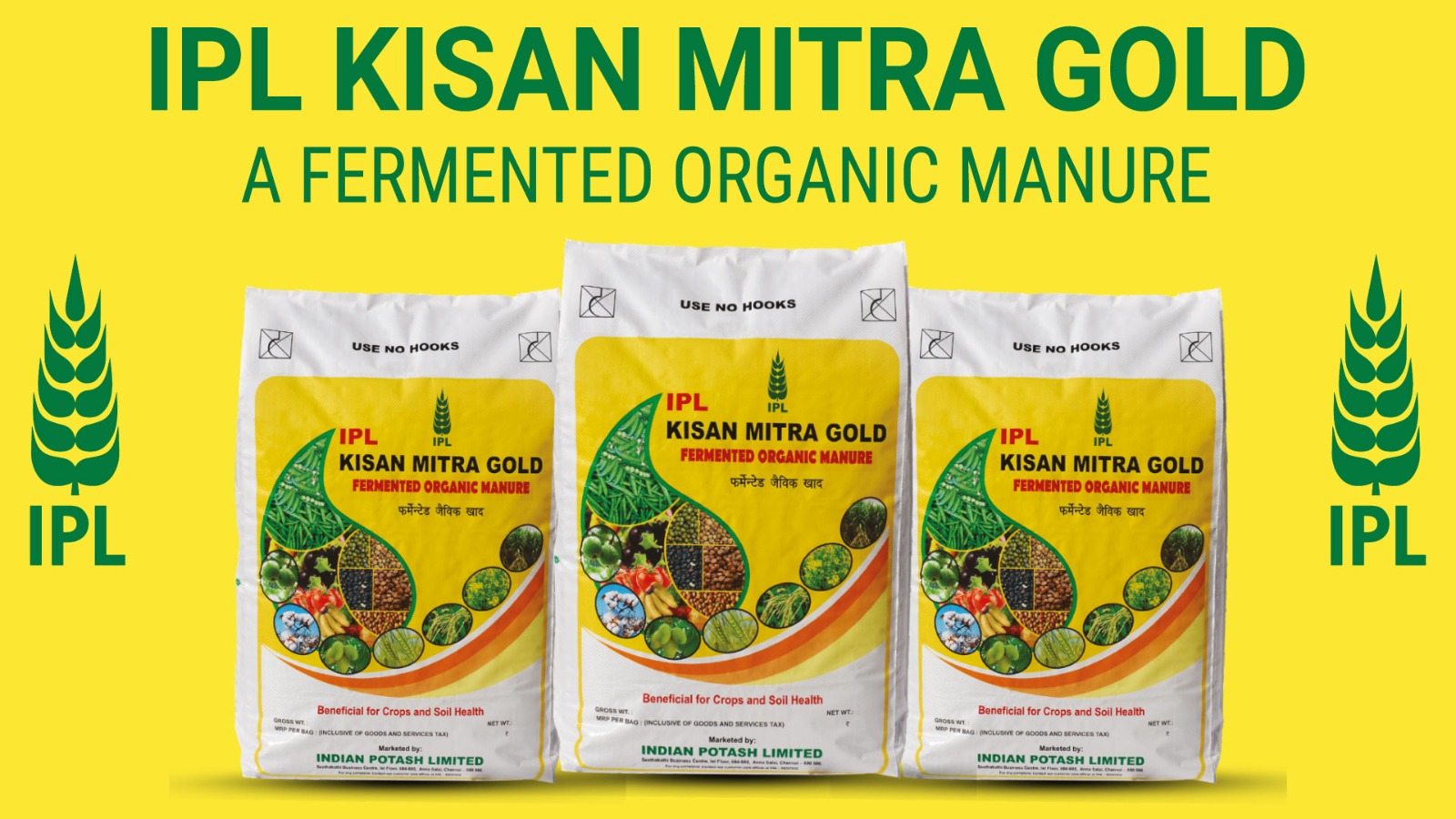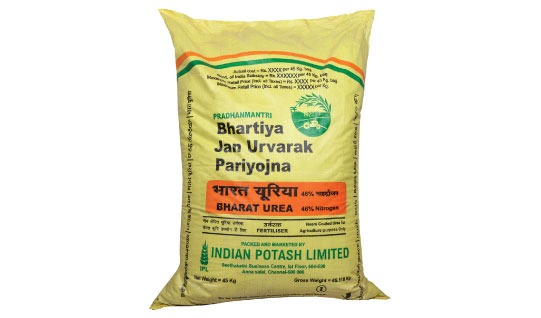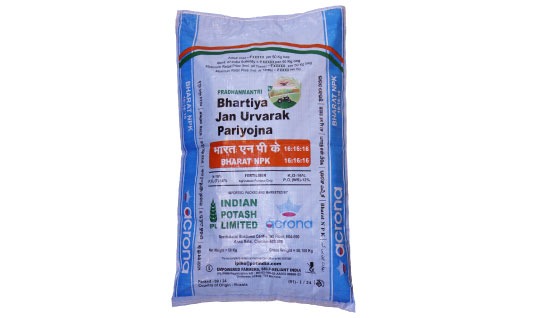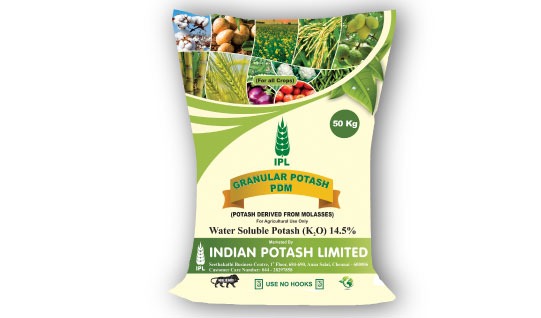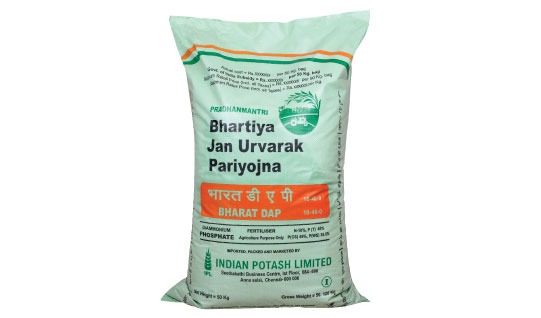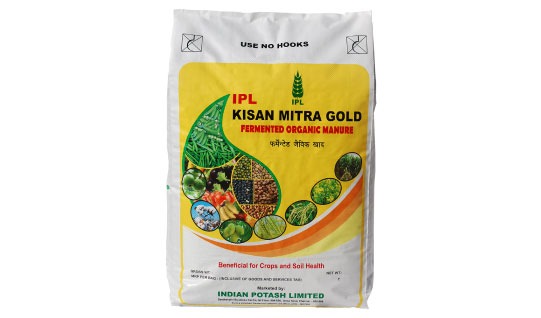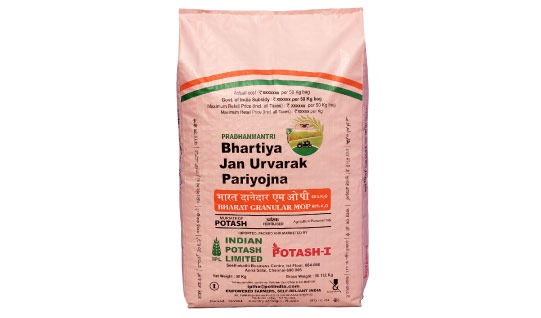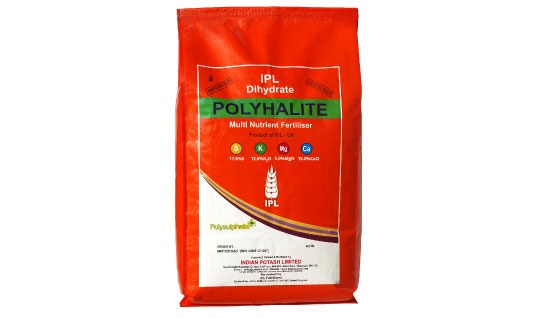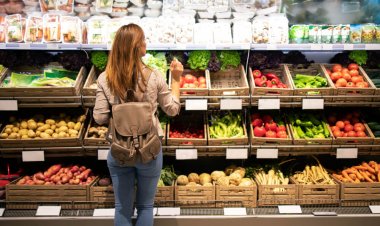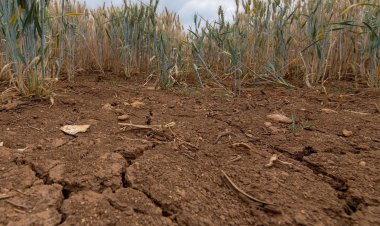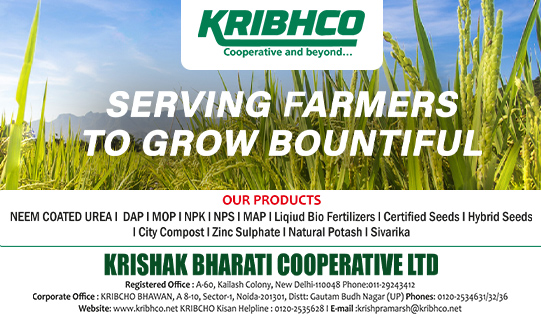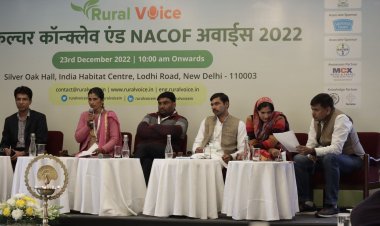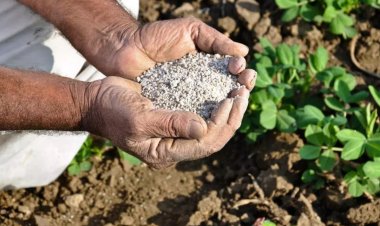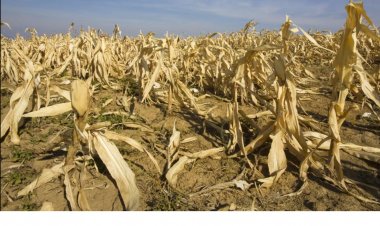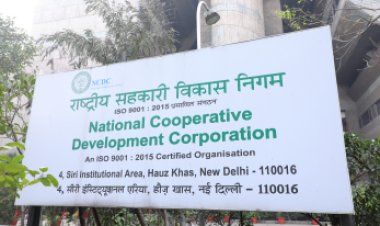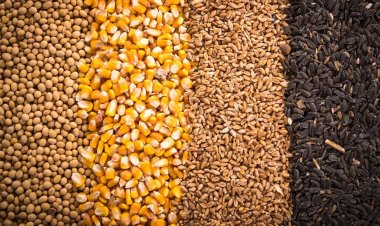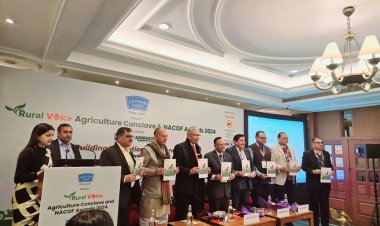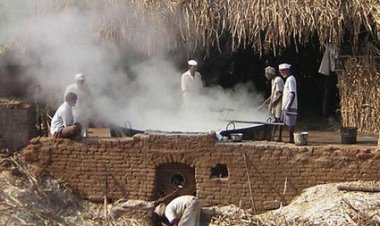Global Pulse Trade on the Rise as Sustainability and Demand Drive Market Expansion
A report by World Grain, quoting Rabobank, says that pulses have gained recognition for their natural soil-enhancing properties and ability to absorb greenhouse gases, making them a crucial component of sustainable agriculture. "Pulses have become a star in the drive to make agriculture more sustainable," the report, released in August 2024, states.
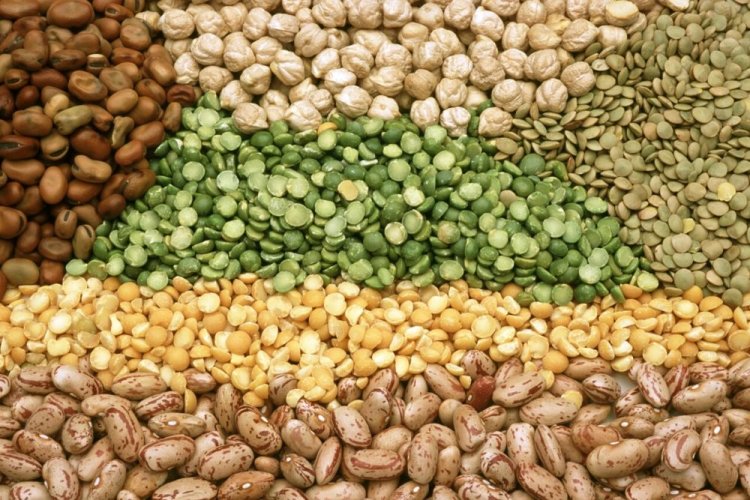
While pulses remain a niche agricultural product with an estimated annual global production of 100 million tonnes, a recent Rabobank report suggests that they have the potential to become a more widely produced and traded commodity. The report, authored by Vito Martielli, senior grains and oilseeds analyst at Rabobank, highlights increasing demand for pulses driven by their sustainability benefits and rising consumer interest.
A report by World Grain, quoting Rabobank, says that pulses have gained recognition for their natural soil-enhancing properties and ability to absorb greenhouse gases, making them a crucial component of sustainable agriculture. "Pulses have become a star in the drive to make agriculture more sustainable," the report states.
Despite their lower production levels compared to staple grains like wheat (1.2 billion tonnes) and corn (800 million tonnes), pulses—particularly chickpeas, dry peas, and lentils—are experiencing growth in trade and demand. These three varieties alone account for 40% of total pulse production, with major producers including India (for chickpeas), Russia, the United States, Canada, the European Union, and Ukraine (for dry peas), and Canada, Australia, and the United States (for lentils).
Emerging Market Players and Trade Growth
Global trade of pulses is evolving, with new market players emerging. Russia has expanded its role in dry pea exports, Egypt has become the largest buyer of fava beans, Argentina has increased its exports of various bean varieties, and Turkey has established itself as a key hub for pulse processing and distribution in the Middle East and North Africa.
Since 2015, global trade of pulses has grown by 29%, with a compound annual growth rate (CAGR) of 3%. The International Grains Council (IGC) estimates that pulse trade reached approximately 21 million tonnes in 2024, representing about 20% of total pulse production. However, these figures still pale in comparison to global wheat trade, which reached 210 million tonnes last year.
Sustainability and Expanding Demand
Beyond being an affordable protein source for emerging markets and a key ingredient in plant-based meat and dairy alternatives, pulses contribute significantly to environmental sustainability. Their nitrogen-fixing capabilities improve soil fertility by absorbing nitrogen from the air, thus reducing the need for synthetic fertilizers. Additionally, their deep root systems enhance soil structure, water retention, and aeration, making them an excellent rotational or cover crop that promotes biodiversity and microbial activity.
Challenges and Market Barriers
Despite these advantages, the pulse industry faces challenges that hinder its full market potential. Unlike staple grains, pulses are not yet considered a global commodity, and market entry is hindered by price volatility, lack of transparency in price discovery, and limited access to global trade data. Rabobank emphasizes the need for increased market transparency to attract investment, improve trade volumes, and enhance overall market functionality.
A significant step toward greater market recognition came in 2021 when the IGC included pulses in its definition of "grains" under the Grains Trade Convention. This move has helped increase market visibility and has led to regular updates on pulse trade and production estimates in the IGC's Grain Market Report.
Major Agribusiness Players Enter the Market
Recognizing the potential of pulses, major agribusiness companies have entered the sector. U.S.-based giants such as ADM, Bunge, Cargill, Columbia Grain International, and Redwood, along with Germany’s Müller's Mühle, have expanded their pulse-related operations.
Most recently, Netherlands-based Louis Dreyfus Co. (LDC) announced in August 2024 the creation of a dedicated business unit for pulse commercialization. LDC CEO Michael Gelchie noted that pulses align with the company's geographic and operational strategies, presenting significant earnings potential. "The decision to establish this new business unit is fully aligned with our strategy to meet evolving nutritional and sustainability expectations," he said.
With rising demand, growing market interest, and increasing recognition of their sustainability benefits, pulses may soon evolve from a niche agricultural product into a global staple, reshaping the future of food production and trade.
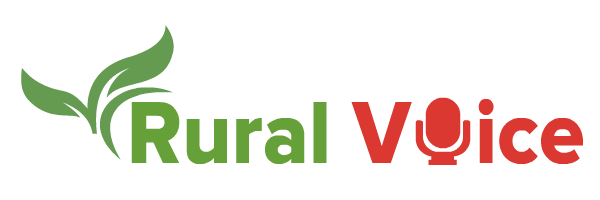


 Join the RuralVoice whatsapp group
Join the RuralVoice whatsapp group